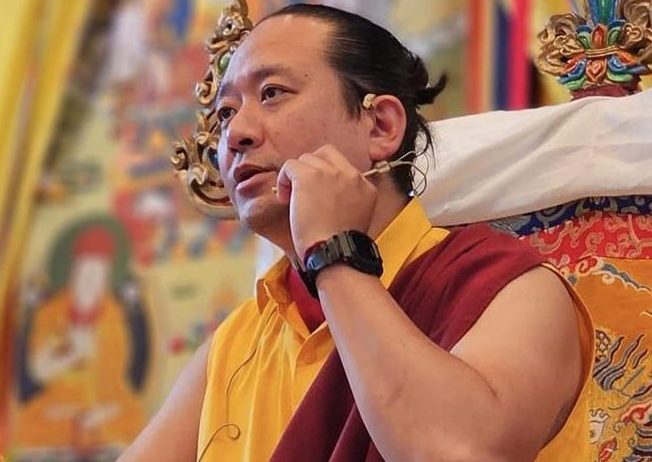His Holiness the 43rd Sakya Trizin, Gyana Vajra Rinpoche bestowed this teaching at the request of Tsechen Kunchab Ling, U.S.A. on July 22, 2022.
The life story of Buddha Shakyamuni (Sanskrit, Śākyamuni), the founder of Buddhism, is not a fairy tale. In this teaching, His Holiness gives a brief account of the Buddha’s life, focusing on the time before he attained enlightenment and describing Prince Siddhārtha’s struggles in search of truth in a way that encourages reflection on our own situations and life challenges.
His Holiness points out that the best way to approach genuine and ultimate happiness is constant reflection on our own experiences, and he makes clear that we need to be cautious in deciding our own definitions of real, genuine happiness. Offering inspiration and insight, the story of the Buddha’s life can help all of us in the search for a meaningful life, whether we are followers of the Buddha or not.
FuenteEsta enseñanza se obtuvo de Tsechen Kunchab Ling Youtube.
Saṃsāra and nirvāṇa are like bad and sweet dreams. Neither of these two extremes is ultimate happiness. According to Mahāyāna teachings, to achieve the ultimate state of happiness—to be awakened from the dream—is beyond saṃsāra and nirvāṇa. This state is known as perfect buddhahood. How can one achieve this?
Every aspect of life can be viewed as the practice path, and Dharma can be practiced anywhere, at any time, in our daily lives. In this teaching, His Holiness explains how it is possible to practice the non-differentiation of saṃsāra and nirvāṇa in modern-day living. By thoroughly studying and contemplating it, and putting it into practice, buddhahood can be accomplished soon.



